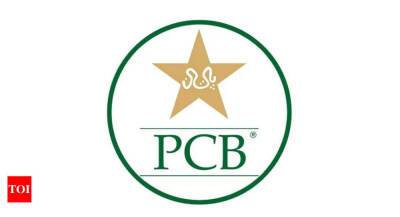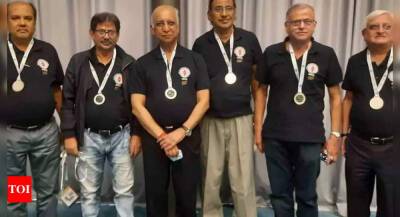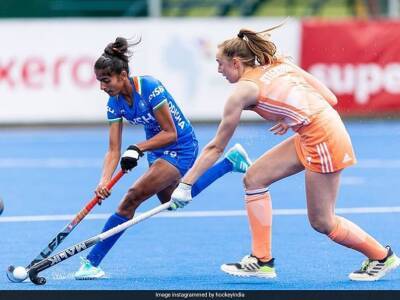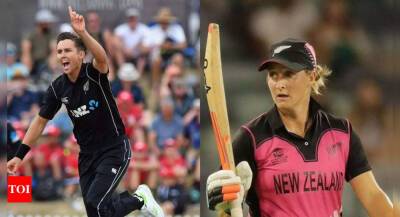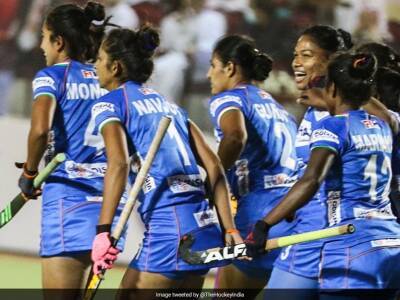Explained: The controversial Umpire's call in DRS
Decision Review System (DRS) was introduced in cricket in 2008. WHAT IS DRS?According to the International Cricket Council (ICC), the DRS is a technology-based process for assisting the match officials with their decision-making. On-field umpires may consult with the third umpire (an Umpire Review) and players may request that the third umpire take another look at a decision made by the on-field umpires (a Player Review). To make a decision, the DRS relies on ball tracking (to estimate the trajectory of the ball) and snickometer (to see if there is an edge off the bat).
Virat Kohli. (Photo by Visionhaus/Getty Images)THE PROBLEMATIC AREAWhile the addition of snickometer technology was seen as a welcome move, it is the ball tracking aspect that has been controversial. Ball tracking traces where the ball pitched, the point of impact of the ball on the pad (for LBW decisions) and then the predicted path towards the stumps. The human-machine conflict came to the fore because technology cannot make a perfect prediction of how much the ball will actually turn or bounce and whether the ball will go on to hit the stumps or not. Some umpires said DRS undermines the value of the on-field umpires, players doubted it because of the inconsistency in judging the spin and the bounce. The Indian cricket board (BCCI) refused to accept DRS initially because the predicted path after the ball hit the pad was not reliable. BCCI added that there was a chance that the operator might make an error while identifying the point of impact of the ball on the pad. To remove this glitch, Hawk-Eye, the ball-tracking technology provider, created Ultra-Edge, a sound based, edge-detection system that could identify the point of impact more accurately.




